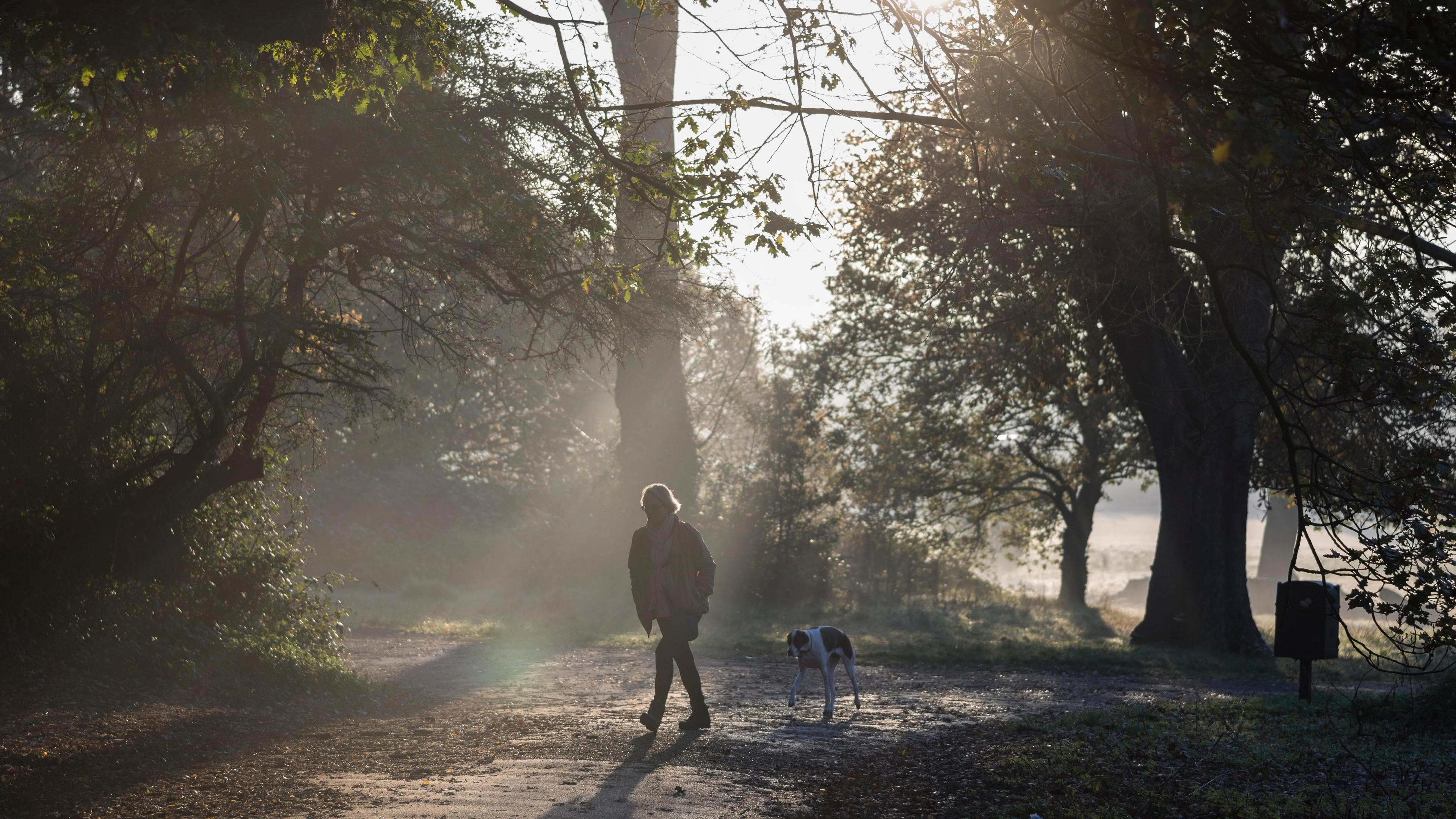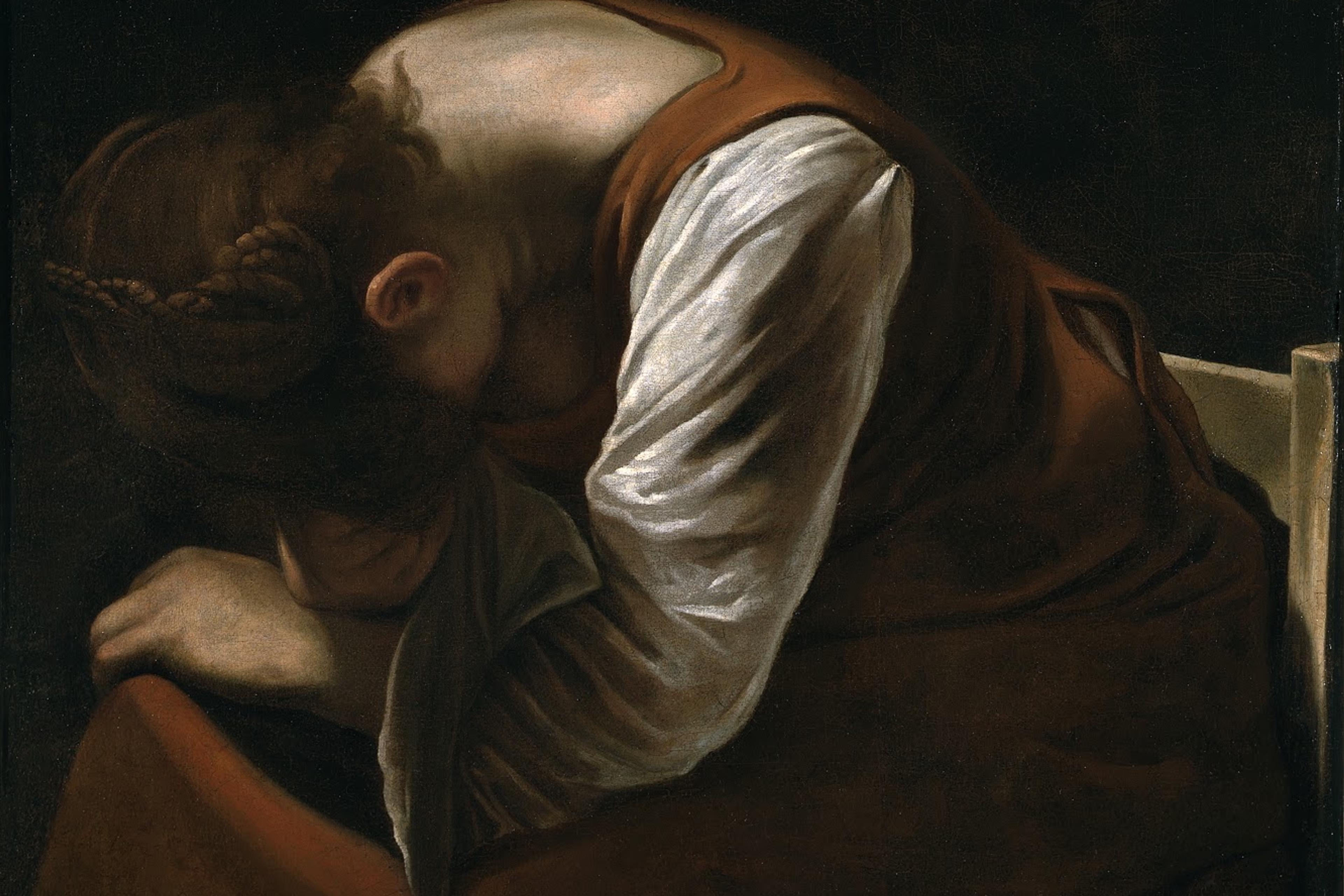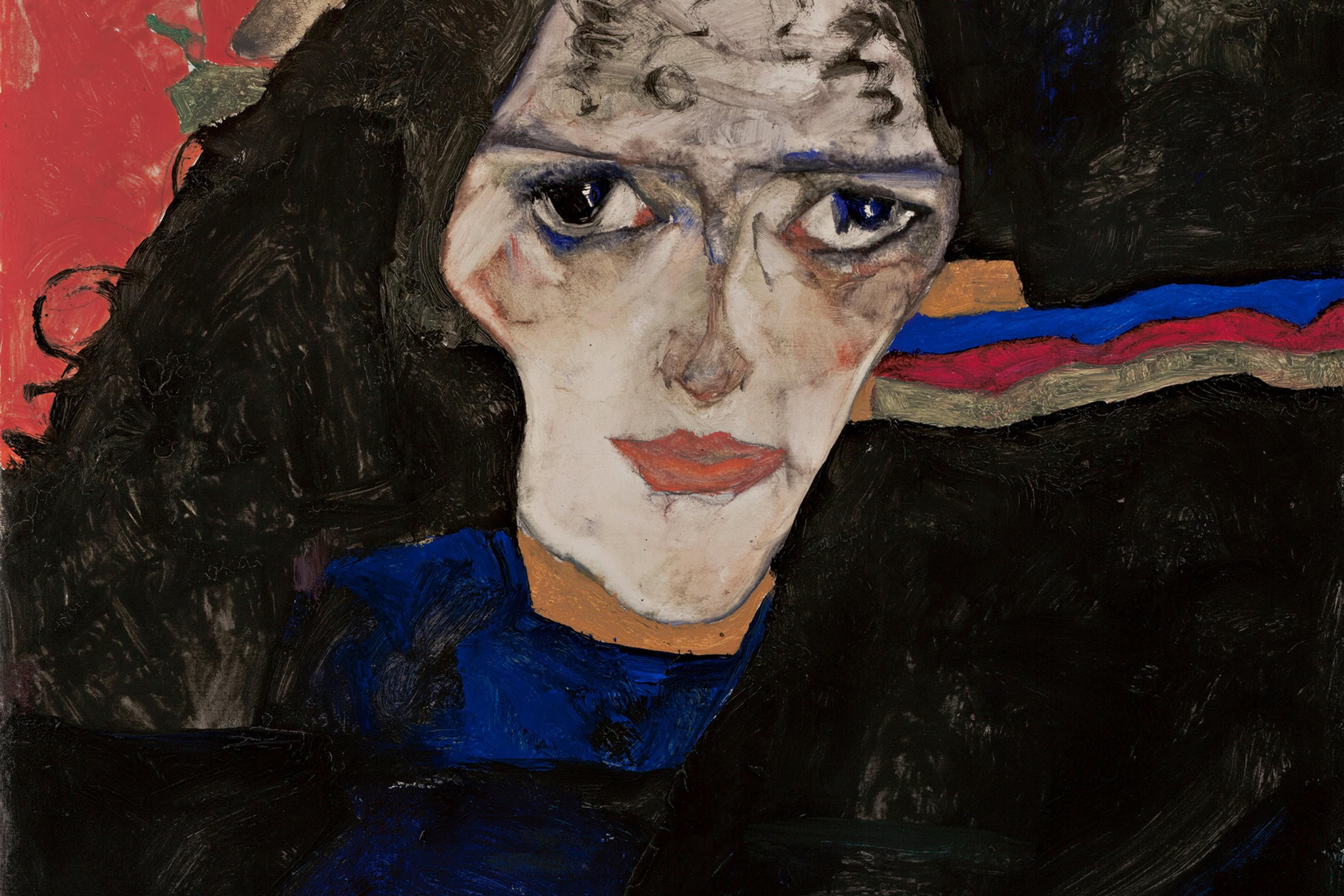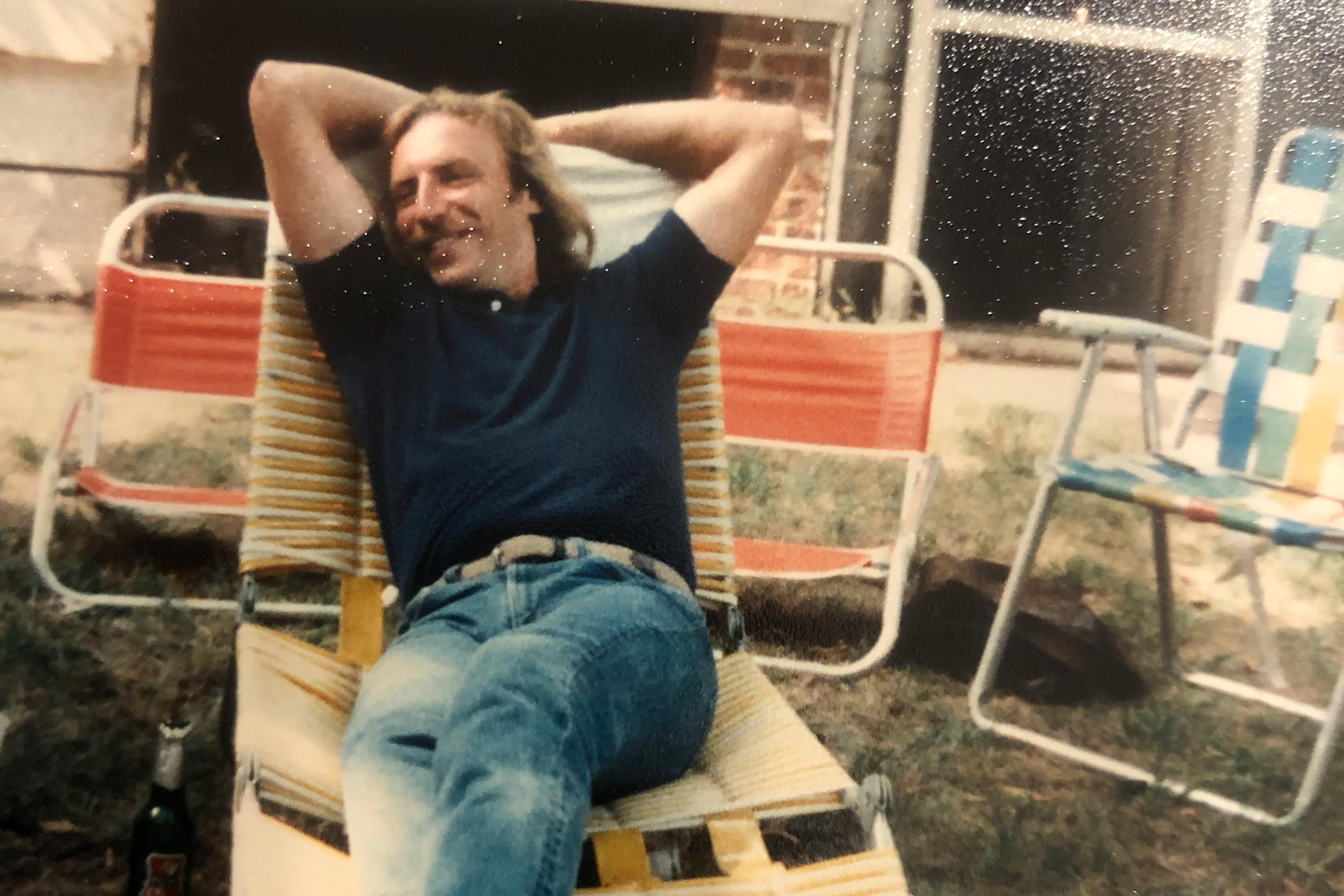When a loved one dies, many of us fall very suddenly into a disorienting new reality, stripped of markers and routines that we once relied on to navigate our days. No longer moving seamlessly with the other person to brush our teeth after the evening news; no longer texting each other between work meetings. Just as puzzling, though, is the way in which, over time, the feeling of profound destabilisation slowly transforms. The other person’s absence stays with us forever, but we can find new ways of being in the world even as we continue to carry our grief.
To understand how this process unfolds – and why it can be especially challenging for some – we must consider what it means to adapt to the impossible new world one enters after losing a loved one. Adaptation is often seen as a return to the stable baseline of the time before a disruption. People who have experienced a loss know this perspective all too well. A well-intentioned friend encourages ‘moving on’; the subtext of When will you be over it? creeps into conversations. But there is another, more useful way to think about adaptation: as a system’s capacity to dynamically adjust itself, updating its response to match a changing environment.
This kind of adaptation is something your brain does every day. It compiles a lifespan’s worth of data into predictions about the world, and continually fine-tunes those predictions based on the feedback it receives. And if you wake up alone in bed after thousands of days of waking up next to your beloved, the best prediction is not that they have died. In a sense, for your brain, their death hasn’t really happened until many days, weeks and months pass. Only then does the brain begin to predict their absence more readily than their presence.
Learning might be the central task of the grieving brain, which has long based its calculations on the assumption that a loved one will be there. What happens when those predictions that used to be perfectly calibrated to reality are suddenly hopelessly wrong, and how does the brain update? A new theory we’ve developed could help clarify how the brain of a grieving person might rely on old information and old habits. From a brain-centred perspective, the way people feel, what they do and how long it takes to adapt after the death of a loved one might actually make more sense.
Consider a basic problem that humans have as social mammals: we roam freely, yet we need to keep track of those we have bonded with in order to return to each other again and again. This is a problem that we share with many animals, including prairie voles, a socially monogamous rodent species. In the wild, a pair of bonded-for-life prairie voles will share a nest, forage in the same territory, and jointly care for offspring. Because of this permanent bond, which is encoded in the brain, prairie voles serve as a research model for studying social attachment and loss in humans.
Much of this social neuroscience research focuses on the nucleus accumbens. The nucleus accumbens is a brain structure (in humans as well as in voles) that has a high concentration of receptors for oxytocin, the neuropeptide that cements our bonds, and receptors for dopamine, a neurotransmitter that facilitates learning, motivation and reward. As the vole pair-bond deepens over time, nucleus accumbens neurons that fire specifically in response to approaching a partner multiply and epigenetic changes inscribe the bond. Once the bond has been encoded, the voles’ neurobiology is primed to release stress hormones if they are separated from a mate.
For humans, too, the expectation that someone we love will be there for us – whether it’s a caregiver, a romantic partner, a child, or someone else – is a fundamental part of our bond. And just like prairie voles, humans have a neurobiological stress response that unleashes a cascade of cardiovascular, hormonal and immune changes when social bonds are threatened. That distress can be a useful alarm signal, even critical for survival. It motivates us to seek out someone, or make enough of a fuss that they come to find us. But those alarm bells are useful only if the one you are seeking can ultimately be found. The death of a loved one is the rare experience in which that resolution is no longer possible.
Another element of the disorientation of grief is a sense that a part of who we are has died along with the person we have lost. Our sense of self is partly bound up with whom we love – a fact that seems to be reflected in research showing similarities in the neural representations of the self and close others. The extent to which someone feels a loss of identity after the death of a loved one could help explain individual differences in adaptation. What does it mean to be a parent after your child has died? How does a widow act differently than a spouse? People with more severe grieving tend to have more difficulty describing their identity outside of who they were in relation to the person who died.
We propose that another key part of the experience of grieving is the manner in which someone processes the loss in their autobiographical memory, where past experiences with loved ones are deeply embedded. Autobiographical memory consists of two types of long-term memory: semantic and episodic. Episodic memory includes the ‘Remember the time…?’ kind of memories, with the details anchored in a specific time and space. Semantic memory is how you remember and understand the gist of things, and it includes general knowledge about the self, others and relationships. The knowledge stored in semantic memory helps you make sense of incoming information: you might predict the likely ending of a movie, for instance, based on what you know from watching many movies.
In the ‘grieving as learning’ model, we hypothesise that the neural architecture of a bond supports the persistence of semantic knowledge (or implicit belief) that a deceased loved one continues to exist, despite new episodic memories providing evidence to the contrary. After the death, a bereaved person has two fundamental facts about the late loved one encoded in semantic memory: that the loved one is a part of them, and that any absence is just a temporary state. Yet there are also recent episodic memories of experiences such as saying goodbye, funeral rituals, mourning with others, waking up alone, setting one fewer place at the table. These mutually exclusive streams of well-established knowledge about the bond and memories of loss help to explain why it is normal for grieving people to see the face of the loved one in a crowd, to automatically reach for the phone to call them upon hearing good news, or to have the sense that they will walk through the door at any moment.
These experiences are not delusions, but rather the brain using well-founded predictions as it tries to make sense of the world as it is now. If your default belief is that a loved one’s absence is just a temporary state, then it makes sense to believe in a future in which it is possible to reunite. Yearning to be near the person who died (another common experience in grief) reflects an implicit problem-solving attempt: if it’s too painful to wait for their return, you must go out and find them. It takes time and experience for the brain to integrate new episodic memories of the person’s death with the semantic belief in their everlasting presence. Through experience, the brain can develop new predictions. They no longer come home from work at 6 o’clock; their clothes stop showing up in the laundry; the plants they used to water go untended. Eventually, the brain comes to more fully understand that the loved one’s absence is not a temporary state.
There are good reasons why it takes time to update one’s sense of the world following a disruption such as the loss of a loved one. The mind maintains relatively stable models of both the external and internal worlds. Neuroscientists theorise that the brain builds these models from previous experiences. The brain then uses its knowledge of how the world works to predict the likelihood of future outcomes. As we move through the world, the brain registers whether an actual outcome was better or worse than expected via neural prediction error signals, which are used to update the mental model and inform future predictions. In learning from prediction error, we need a balance of flexibility and stability, so that our mental models can be updated as needed without being too easily swayed by limited information.
For someone who is grieving, actions (eg, seeking out a loved one) that once predictably resulted in reward (reunion) now end with the absence of reward, generating a negative prediction error (accompanied by frustration, distress and grief). A mental model that is too inflexible – adamantly deflecting new information about the absence of a loved one – will lead to the repetition of actions that no longer have the desired outcome. Repeated efforts by the brain to squeeze such new information into an unchanged old model could help explain why some bereaved people experience a longer trajectory of acute physical and emotional dysregulation.
In contrast, healthy adaptation after loss includes developing – as prediction errors accumulate over time – an updated mental model that comfortably accommodates both past and present. This balanced, adapted state is reflected in concepts such as ‘continuing bonds’ (maintaining an enduring sense of caring and connection with the person who died) and ‘integrated grief’ (grief that has found, as one author puts it, ‘a resting place in [one’s] heart and memories’). Neither the relationship nor the grief ever disappear, but they take a different form that can exist side by side with the recognition that one has to find a way to live in the world as it is now.
The idea that adaptation to loss requires learning is not a new idea. However, the ‘grieving as learning’ framework helps us understand how specific cognitive and neurobiological processes can shape the ways in which grieving people ‘relearn the world’, as the philosopher Thomas Attig described it. The learning process will likely look different for everyone. But understanding the broad strokes of what is happening in the brain could help us to feel more normal in our grieving – and to better appreciate why our grieving processes, and those of the people we care for, require time and experience.








